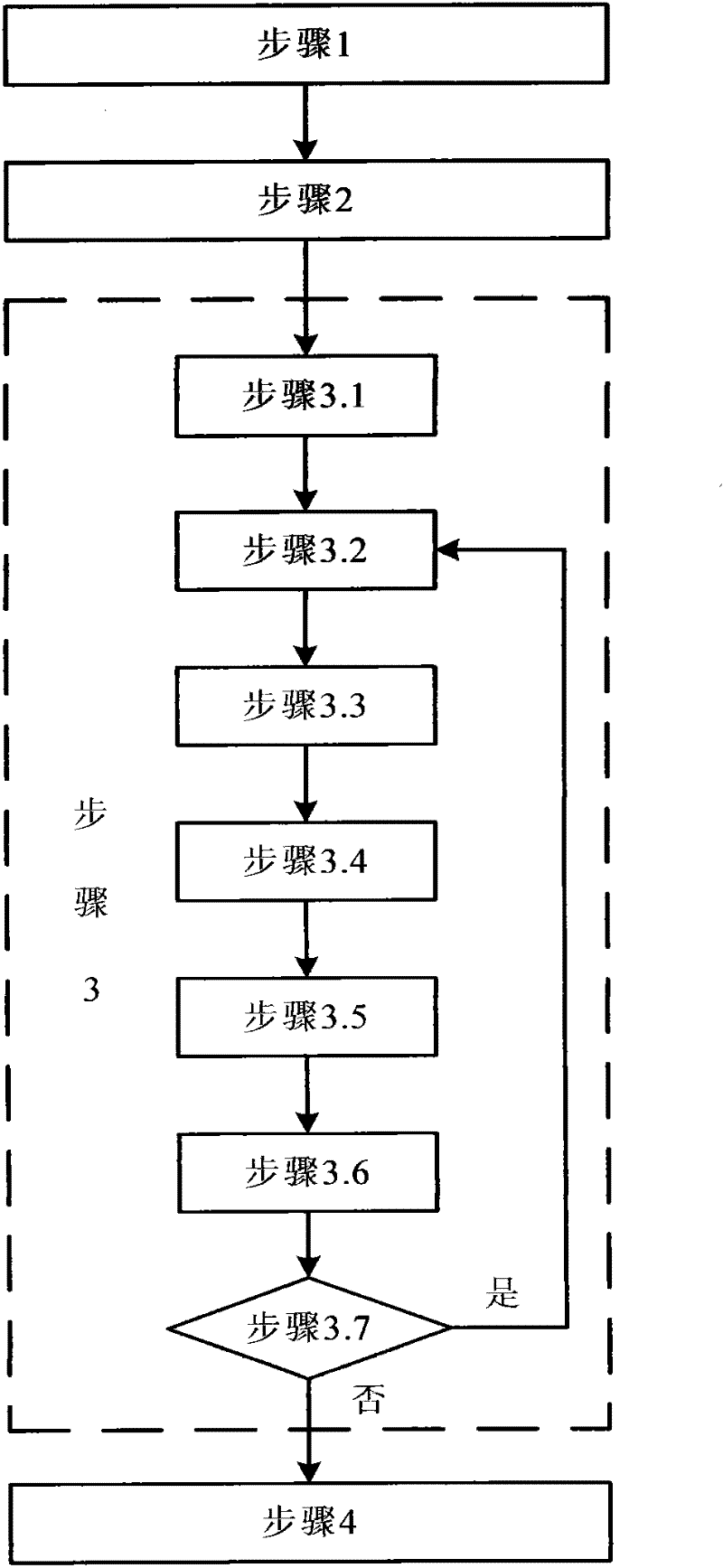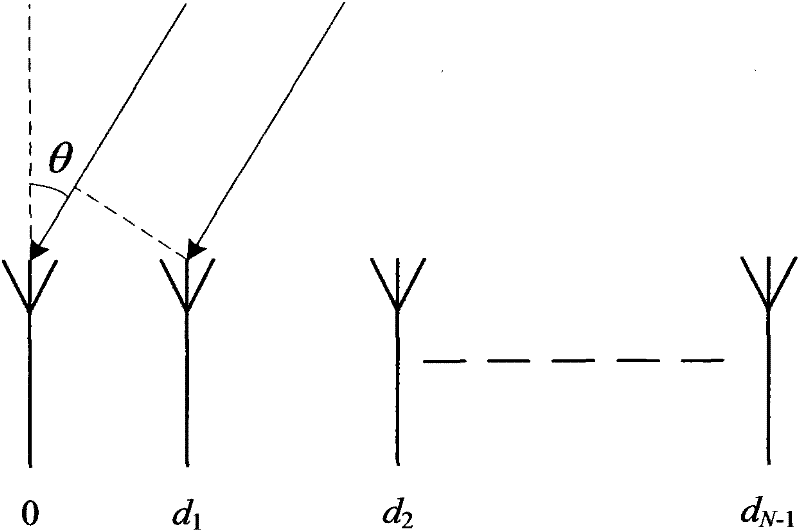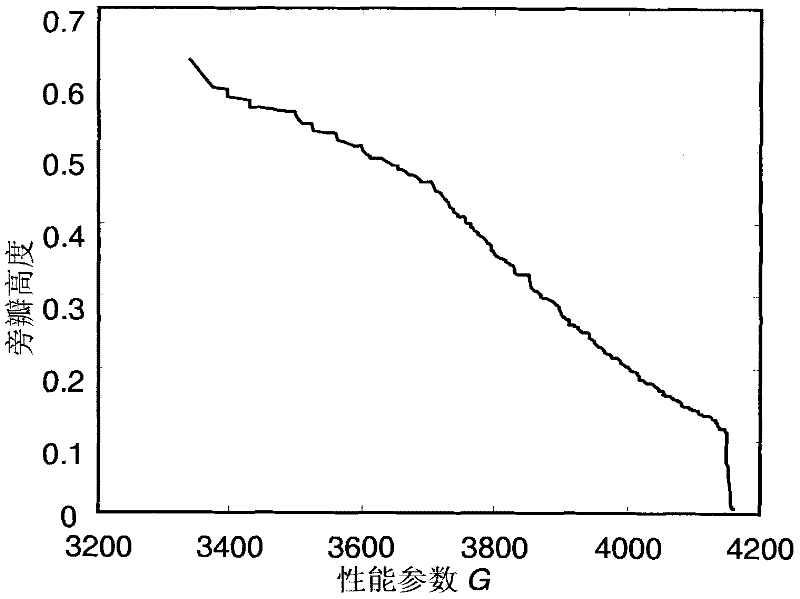Design method of high-precision direction-finding array structure
A high-precision direction finding and array structure technology, which is used in direction-determining direction, measuring devices, radio wave measurement systems, etc., can solve problems such as high cost, increasing the effective aperture of the array, and inability to receive signals from large-aperture array elements.
- Summary
- Abstract
- Description
- Claims
- Application Information
AI Technical Summary
Problems solved by technology
Method used
Image
Examples
Embodiment 1
[0064] See Figure 3: According to the array structure design method of the present invention, a series of array structures are designed according to the requirements of Embodiment 1, and then three arrays with different direction finding performances are selected for spatial spectrum estimation, and their performances are compared. Assume that the number of elements of the array to be designed is N=8, and the maximum element position d max =50λ (λ is the signal wavelength), the minimum array element spacing d min =1.5λ, set the maximum number of iterations M, adopt the particle swarm optimization algorithm, and carry out optimal design according to the specific design steps of the present invention. The performance relationship of the optimal result output by step 4 is as follows image 3 shown. In the figure, the performance parameter G obtained in step 3 is the ordinate, and the side lobe height is the abscissa to obtain a graph. According to the array element position d ...
Embodiment 2
[0066] see Figure 3-6 : Carry out simulation experiments to verify the direction finding performance of the designed array: Assume that there are two signals with equal power from two similar directions θ 1 = -45° and θ 2 =-30° incident, the signal-to-noise ratio is 10dB (see formula (1) formula (2)). Adopt the MUSIC algorithm, utilize the three arrays that embodiment 1 designs namely: the array (array 1) with the highest direction-finding accuracy, the array (array 2) with the middle direction-finding accuracy, the worst array (array 3) with direction-finding accuracy by formula (5 ) to estimate the spatial spectrum, the designed array structure is shown in the table below, and the spatial spectra estimated by the three arrays are shown in the attached Figure 3-5 shown.
[0067] Table 1 array structure table
[0068] Array element position
[0069] From the spatial spectra estimated by the three arrays, it can be seen that the false peak of array 1 is relative...
Embodiment 3
[0071] see Figure 7-11 : Test the target resolution success probability, resolution, direction finding deviation and direction finding mean square error performance of the three arrays in Table 1. Assuming that two signals with equal power are incident from two similar directions -45° and -30°, the MUSIC algorithm is used for spatial spectrum estimation, and 1000 independent simulations are performed for each array. If two radiation sources are estimated, and the estimation deviation is not greater than 2°, the algorithm is considered successful, and the successful estimation results are counted. The estimated success rate of each array is attached Figure 6 As shown, the estimated deviation of each array is shown in the appendix Figure 7 , shown in 8, each array estimated mean square error see Figure 9 , as shown in 10.
[0072] It can be seen from this embodiment that, in the case of limiting the minimum array element spacing, the array direction finding accuracy and ...
PUM
 Login to View More
Login to View More Abstract
Description
Claims
Application Information
 Login to View More
Login to View More - R&D
- Intellectual Property
- Life Sciences
- Materials
- Tech Scout
- Unparalleled Data Quality
- Higher Quality Content
- 60% Fewer Hallucinations
Browse by: Latest US Patents, China's latest patents, Technical Efficacy Thesaurus, Application Domain, Technology Topic, Popular Technical Reports.
© 2025 PatSnap. All rights reserved.Legal|Privacy policy|Modern Slavery Act Transparency Statement|Sitemap|About US| Contact US: help@patsnap.com



